UK equipment leader's first manufacturing base in China has been established and put into production.
01
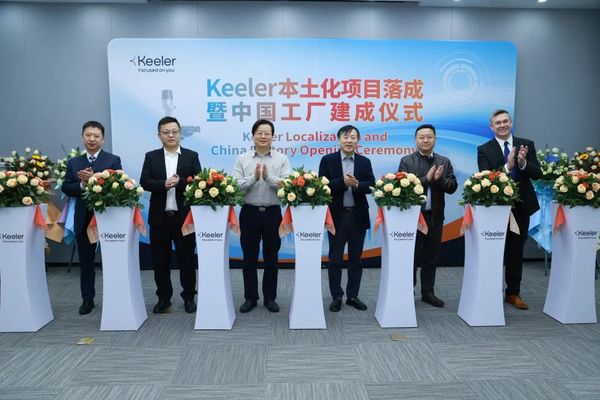
As Keeler's first production base in China, the "China Factory" has undergone several key stages from project planning to final implementation, including technology transfer, factory construction, product registration, and production licensing.
The factory is equipped with a very strict quality management system to ensure that every piece of equipment produced meets the national medical device quality management system requirements. From raw material procurement to finished product delivery, every link undergoes rigorous inspection to fully guarantee the professionalism and high quality of the products.
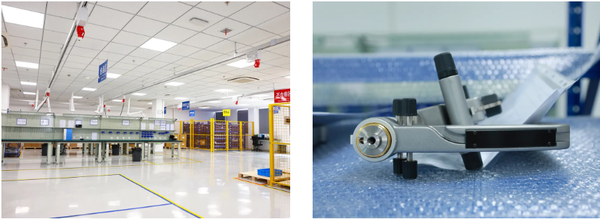
Mr. Leon Forrest, Chief Operating Officer of Keeler, stated: "The completion of Keeler's factory in China and the implementation of localization projects demonstrate Keeler's commitment to deepening its presence in the Chinese market and long-term development. In the future, we will continue to innovate and integrate in all aspects of localization in production, service, education, and operations to better serve our customers in the China region."
02
Localized production will provide
China ophthalmology provides more treatment options.
Since producing the first binocular indirect ophthalmoscope, Keeler has accumulated many years of experience in the field of ophthalmic diagnostics. The localized production of the indirect ophthalmoscope will not only maintain the original high quality but also leverage local advantages to respond more quickly to market demands. As an essential device for ophthalmic examinations, Keeler's slit lamp microscope utilizes advanced optical technology to provide doctors with clear and accurate images of the eye, assisting in more precise diagnosis of eye diseases.
The binocular indirect ophthalmoscopy (BIO) examination is currently recommended as the "gold standard" for ROP screening, featuring economical and convenient characteristics. By using a scleral depressor, it can improve the diagnostic accuracy of peripheral lesions. It has good safety, a wide observation field, and strong stereoscopic vision, which can reduce the risk of missed and misdiagnoses. The Keeler indirect ophthalmoscope currently has five different models, represented by the Vantage Plus series.
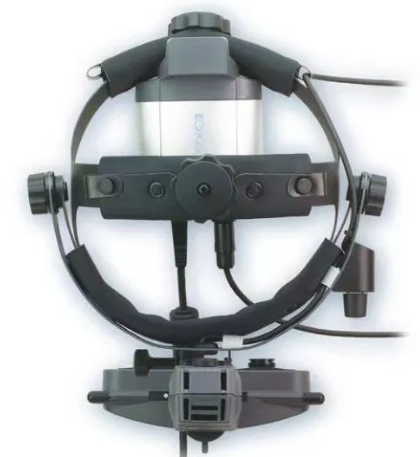
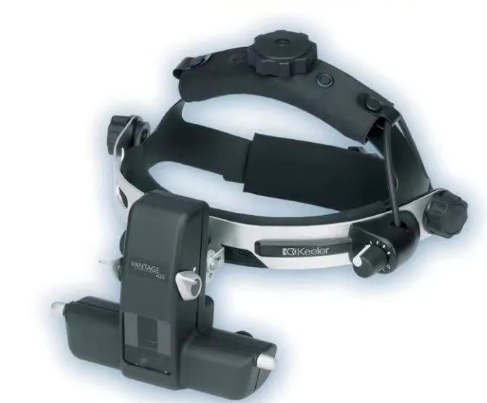
Vantage Plus wired models: There are two power options, SmartPack and WallPack. The WallPack wall-mounted power supply is suitable for fixed installation in examination rooms and wards where the ophthalmoscope is regularly used. The SmartPack can be clipped to a belt or wristband for easy portability.
Slit lamp microscope
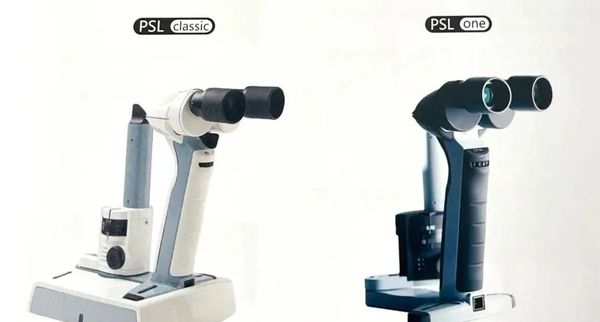
Desktop products such as KSL-H5-DR and KSL-H use advanced optical systems to provide exceptional clarity and precision, suitable for demanding daily ophthalmic environments.
Taking KSL-H5-DR as an example, the KSL-H5-DR uses Keeler optical components, providing the best optical performance in its class. This device uses selected LED lighting with a color temperature of 3800K, typically lasting 10,000 hours or longer, ensuring a stable and uninterrupted light source during the examination process.
03
The structure of the eye is intricate and complex, and high-end ophthalmic medical equipment is key to achieving precise diagnosis and treatment in ophthalmology. High-end ophthalmic medical devices can not only detect potential eye diseases early and assist doctors in managing them, but also help reduce the burden of eye diseases and the risk of blindness. Additionally, they can improve diagnostic accuracy, reduce surgical risks, enhance the safety and success rates of surgeries, and significantly improve treatment outcomes.
In recent years, with the rapid development of the Chinese economy and the gradual improvement of residents' health awareness, the ophthalmology medical market in China has shown a rapid growth trend. According to Sullivan analysis, the market size of ophthalmic medical devices (including contact lenses and care solutions) in China increased from 17.8 billion RMB in 2017 to 30.5 billion RMB in 2021, and is expected to grow to 55.6 billion RMB and 93.3 billion RMB by 2025 and 2030, respectively.
Under the attraction of this enormous market potential, many international ophthalmic giants such as Zeiss and Hoya are accelerating their localization efforts in China.
In October 2022, Zeiss launched the Suzhou R&D and manufacturing base project, which is set to officially commence operations in April 2024. The base covers an area of over 13,000 square meters, with a business scope that includes the R&D and manufacturing of industrial quality, research microscopes, surgical microscopes, and ophthalmic equipment. In addition, the third phase expansion project of the Zeiss Optical Industry 4.0 Health Optometry Industry Ecosystem was also announced in October 2024, with plans to build a modern factory in Huangpu District, Guangzhou, to further enhance local production capabilities.
In October 2024, the Hoya Group's Hoya Surgical Optics established its first artificial lens production base in Suzhou High-tech Zone. This base focuses on the development of artificial lenses and their implantation systems, further expanding Hoya Surgical Optics' global layout.
In fact, under the continuous promotion of national policies, the current development of the ophthalmic medical equipment industry in China has made significant progress. Domestic high-end ophthalmic medical devices are constantly emerging, and the process of localization is accelerating. In the field of high-end ophthalmic medical equipment, domestic alternatives are being achieved, with some areas realizing advantageous substitutions.
Industry analysis believes that the establishment of Keeler's factory in China will further intensify the competition in the Chinese ophthalmic medical device market. At the same time, this competition will become an important driving force for technological advancement and product innovation in the industry, bringing more new opportunities for the development of China's ophthalmic medical sector. As more international brands continue to implement localization strategies, what kind of new development stage will the Chinese ophthalmic medical device market usher in? Medical Device Home will continue to follow up on this.
【Copyright and Disclaimer】The above information is collected and organized by PlastMatch. The copyright belongs to the original author. This article is reprinted for the purpose of providing more information, and it does not imply that PlastMatch endorses the views expressed in the article or guarantees its accuracy. If there are any errors in the source attribution or if your legitimate rights have been infringed, please contact us, and we will promptly correct or remove the content. If other media, websites, or individuals use the aforementioned content, they must clearly indicate the original source and origin of the work and assume legal responsibility on their own.
Most Popular
-

List Released! Mexico Announces 50% Tariff On 1,371 China Product Categories
-

Nissan Cuts Production of New Leaf EV in Half Due to Battery Shortage
-

New Breakthrough in Domestic Adiponitrile! Observing the Rise of China's Nylon Industry Chain from Tianchen Qixiang's Production
-

Dow, Wanhua, Huntsman Intensively Raise Prices! Who Controls the Global MDI Prices?
-

Mexico officially imposes tariffs on 1,400 chinese products, with rates up to 50%






